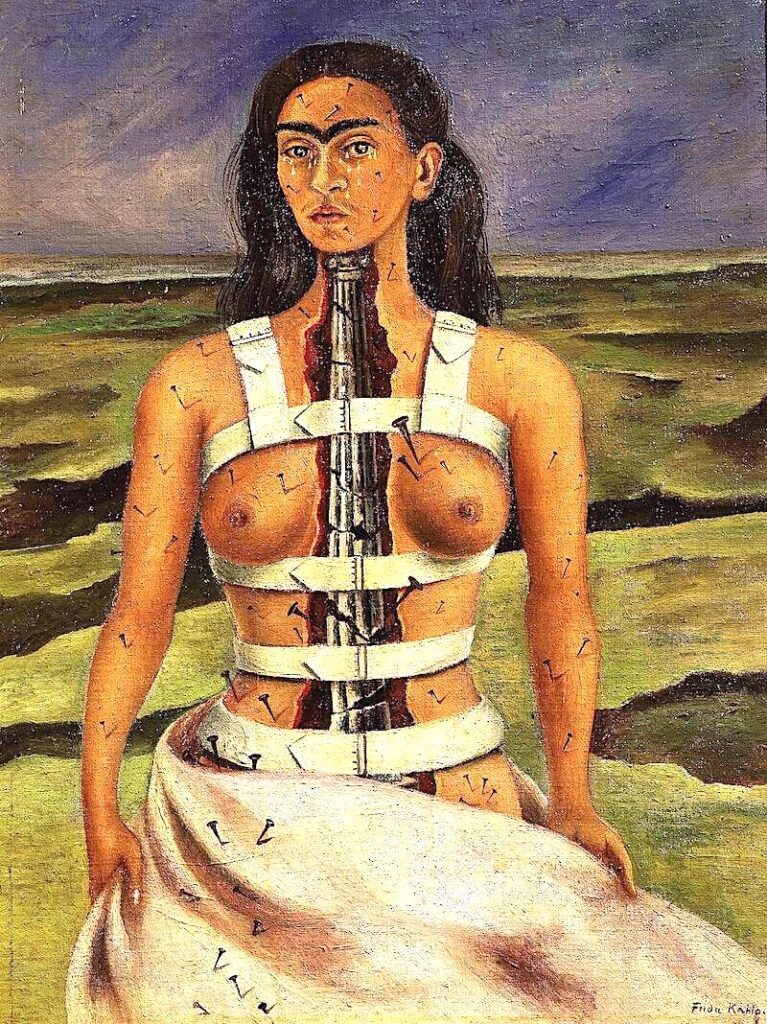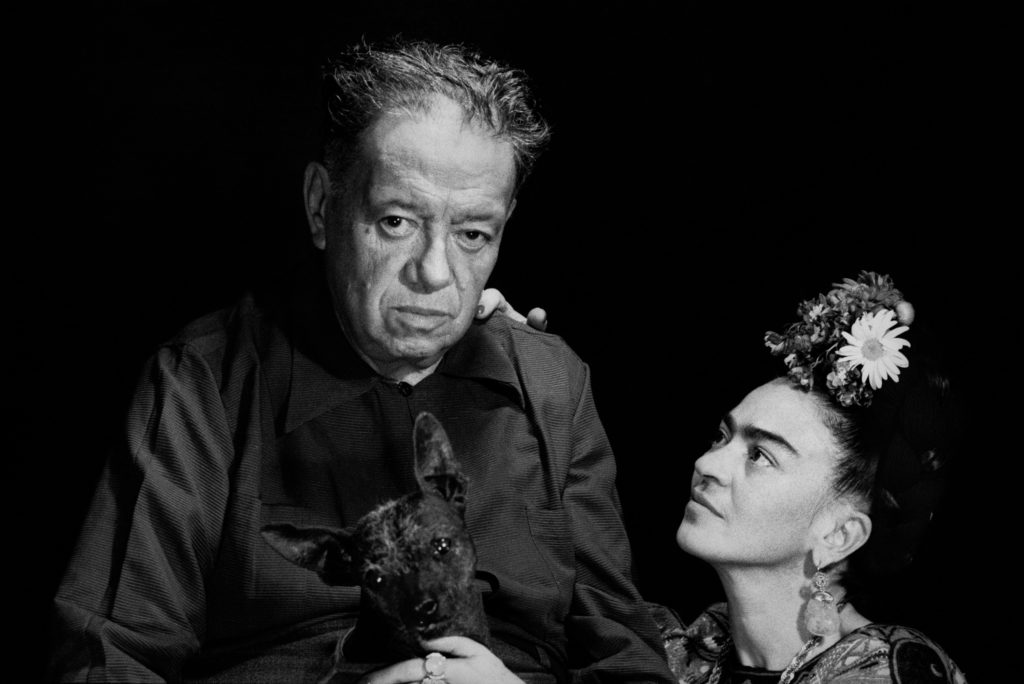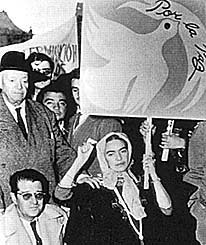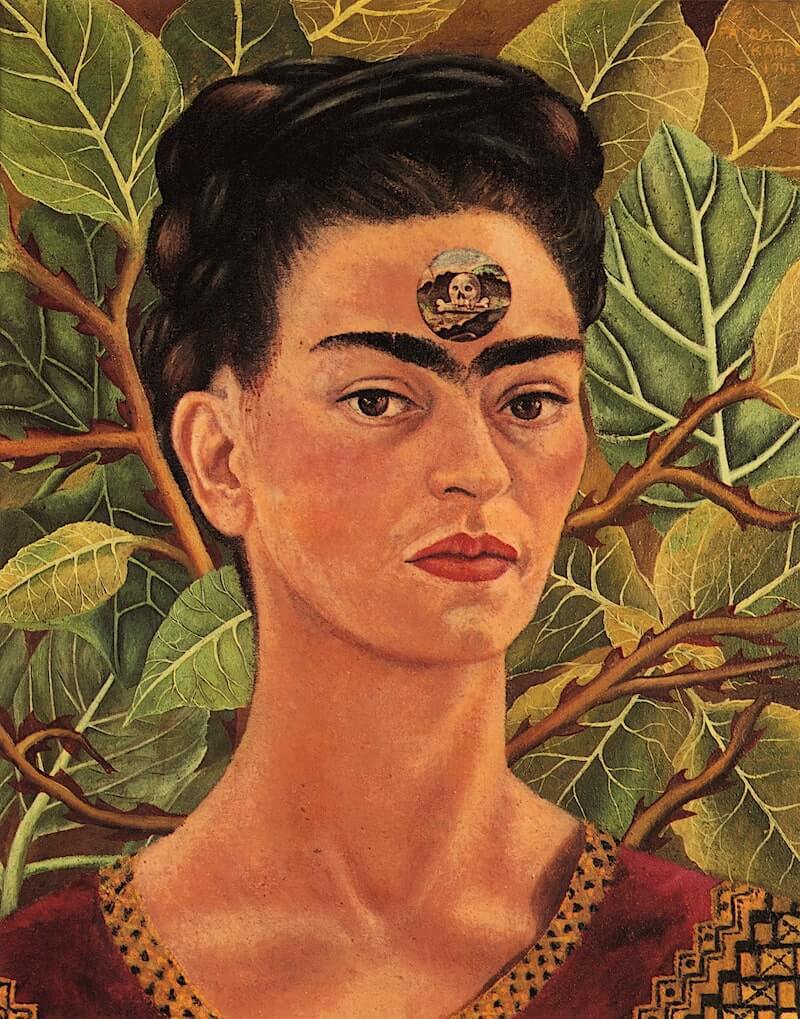Explore the enigmatic details of Frida Kahlo’s death in this comprehensive article. Delve into her tumultuous final years, the theories surrounding her untimely demise, and the powerful legacy she left behind. Discover the truth behind one of art’s greatest mysteries.
Table of Contents
Introduction
Frida Kahlo, a painter who defied the ordinary with her extraordinary art and life, remains a figure of intrigue and admiration long after her death. Her art, imbued with colors of pain and passion, tells stories not just of her own life but also of a culture and a spirit that refused to be confined. However, it is not just her art that captivates the curiosity of many; the mystery surrounding her death on July 13, 1954, continues to be a topic of discussion and speculation.
Kahlo’s life was a tapestry of beauty woven with threads of suffering. From her battle with polio at a young age to the catastrophic bus accident at eighteen, Frida’s body bore the brunt of relentless misfortune. Yet, it was within these confines of physical pain that her art found its true voice—a voice that was distinctly her own, exploring themes of identity, postcolonialism, gender, and class. Despite achieving considerable recognition in her lifetime, including being the first Mexican artist to have her work purchased by the Louvre, Kahlo’s health deteriorated, shadowing her final years with suffering and artistic frustration.
Officially, Frida Kahlo’s death was attributed to a pulmonary embolism, a conclusion drawn amidst a lack of comprehensive medical examination and the hastened act of cremation that followed her passing. This official narrative, however, is but one thread in the complex weave of theories about her death. Some believe that the unrelenting pain, both physical and emotional, that Frida endured, along with the inability to continue her art in the way she once could, may have led her to take her own life. Diary entries and changes in her final artworks add layers to the speculation, revealing a woman grappling with her mortality and the prospect of a joyous exit from a life that had become an embodiment of pain.
As we delve deeper into the life and death of Frida Kahlo, we are not just exploring the final chapters of an artist’s life but also engaging with the enduring legacy of a woman who painted not dreams but her vivid reality. Her death, much like her life, remains a testament to her complexity, her resilience, and her unyielding spirit to confront the agonies and ecstasies of existence head-on.
Following the initial discussion on Frida Kahlo’s demise, the article transitions to a closer examination of her later years—a period marked by an intensified struggle with health issues, but also by a profound engagement with her creative work.
The Final Years: A Battle With Health and Creativity
Frida Kahlo’s life was a testament to enduring in the face of adversity. Her latter years were overshadowed by a series of health challenges that would test her physically and emotionally. After decades of dealing with the aftermath of a devastating bus accident, her condition worsened, leading to the amputation of her right leg below the knee in 1953. This period was marked by intense pain and frequent stays in the hospital, which, paradoxically, became a backdrop for some of her most poignant and reflective artwork.
Despite her deteriorating health, Kahlo’s commitment to her art never waned. She continued to paint, using her personal experiences as the foundation for her work. Her paintings from this period are imbued with a raw honesty, exploring themes of suffering, isolation, and endurance. One notable piece, “The Broken Column,” visually represents her physical and emotional agony through the image of her spine as a shattered column, with nails piercing her flesh—a powerful metaphor for her relentless pain.

Kahlo’s resilience was also evident in her public appearances. Even in severe discomfort, she made a significant effort to engage with her community and remain politically active. One of her last public outings was to a demonstration against the CIA’s involvement in Guatemala, a testament to her enduring spirit and commitment to political causes.
Throughout these trying times, Kahlo’s relationship with her husband, Diego Rivera, remained a source of both support and turmoil. Their complex bond, characterized by profound love, artistic collaboration, and personal betrayals, provided an emotional context for her work, influencing her artistic expression and themes.

As Kahlo navigated the challenges of her final years, her art served not only as a means of personal catharsis but also as a legacy that would resonate with future generations. Through her paintings, she communicated a universal message about the human condition, highlighting the capacity for resilience in the face of suffering.
In reflecting on Frida Kahlo’s final years, we gain insight into the depth of her character and the strength of her artistic vision. Her life and work continue to inspire those who encounter her story, serving as a powerful reminder of the transformative potential of art in expressing the most profound aspects of our humanity.
Explore more about Frida Kahlo’s life and artistic journey.
The next section focuses on the theories that surround Frida Kahlo’s death, exploring beyond the official cause to delve into the speculations and evidence that suggest alternative narratives.
Theories Surrounding Kahlo’s Death
While the official cause of Frida Kahlo’s death was cited as a pulmonary embolism, this explanation has not quelled the myriad of theories that have emerged over the years. The absence of a comprehensive autopsy and the rapid cremation of her body have fueled speculation and debate among historians, biographers, and fans alike.
The Possibility of Suicide
One prevailing theory suggests that Kahlo, grappling with unbearable physical pain and despair over her declining health, chose to end her life. This theory is partly based on her diary entries, which reveal a person confronting her mortality and expressing a desire for a release from suffering. In one poignant entry, she wrote of her longing for peace and hinted at taking control of her destiny. This perspective is further supported by friends and acquaintances who observed a change in her demeanor and artistic expression during her final days, noting a sense of resignation and closure in her conversations and work.
Contradictory Evidence and Perspectives
Contrary to the suicide theory, some biographers argue that Kahlo’s actions in her last days—particularly her participation in political demonstrations and planning for future artistic projects—suggest a person still engaged with life and its pursuits. They point to her lifelong resilience in the face of adversity and her ability to find joy and meaning despite her circumstances. Additionally, some medical professionals have argued that the complications arising from her numerous health issues could indeed have led to a pulmonary embolism, making her death a tragic but natural conclusion to years of medical struggles.
The Role of Pain Medication
Another angle considers Kahlo’s known use of pain medication to manage her chronic discomfort. The theory suggests that an accidental overdose, perhaps due to a miscalculation or a moment of overwhelming anguish, could have been the cause. This possibility opens up discussions about the challenges Kahlo faced in managing her pain and the potential risks associated with her medication.
Bridging the Theories with Kahlo’s Artistic Legacy
Exploring the theories surrounding Frida Kahlo’s death invites a deeper understanding of her as both an artist and a person. Her artwork, a vivid testament to her life’s joys and sorrows, offers a lens through which to view these theories. Through paintings that depict her physical and emotional pain with raw honesty, Kahlo communicated a narrative that was uniquely hers, yet universally relatable. In considering the mysteries of her death, we are reminded of the power of her art to provoke thought, evoke empathy, and inspire introspection.
In navigating the complexities of Kahlo’s final chapter, it becomes clear that her legacy is not solely defined by how she died but by how she lived and the indelible mark she left on the world through her art. As we continue to explore and interpret her life and death, Kahlo’s work remains a beacon for those who seek to understand the depths of human experience.
Discover Frida Kahlo’s profound quotes that inspire and challenge.
In the narrative of Frida Kahlo’s life, her final days and the art she produced during this time offer a poignant reflection on her enduring spirit and the legacy she intended to leave behind.
Frida’s Last Days and Final Artistic Expressions
As Frida Kahlo’s health deteriorated, she remained a fiercely creative and politically engaged figure, embodying resilience and defiance until her last breath. Despite the immense physical pain that confined her to La Casa Azul, her family home turned museum, Kahlo’s passion for art and activism did not wane. She continued to paint, infusing her later works with both a deep introspection and a broader commentary on political and social issues.

One of Kahlo’s last public appearances was her participation in a demonstration against the U.S.-backed coup in Guatemala in 1954. Bound to a wheelchair, Kahlo’s presence at the protest underscored her unwavering commitment to political causes and her identification with the global struggle for justice and equity. This act of defiance, despite her failing health, symbolizes Kahlo’s lifelong dedication to activism and her belief in the power of art to effect change.
Her final painting, “Viva La Vida,” completed just days before her death, serves as a testament to Kahlo’s indomitable spirit. The vibrant still life of watermelons, inscribed with the words “Viva La Vida” (Live Life), embodies a celebration of life’s beauty amidst pain and suffering. This artwork, often interpreted as Kahlo’s farewell message, encapsulates her philosophy of embracing life with all its complexities and contradictions.

Kahlo’s artistic legacy in her final years is marked by a profound exploration of identity, mortality, and resilience. Through her paintings, she communicated not only her personal struggles but also her broader reflections on human existence. Her work continues to inspire a deep sense of empathy and a recognition of the shared experiences that unite us.
Conclusion
Frida Kahlo’s death, shrouded in mystery and speculation, marks the end of an extraordinary life yet the beginning of an enduring legacy. Through her art, Kahlo shared her reality with unflinching honesty and unparalleled creativity, inviting us into her world of beauty, pain, and resilience. In her final days, she remained true to herself—bold, defiant, and deeply human.
As we explore the circumstances of her death, we are reminded of the power of her life—a life that continues to inspire and challenge us. Kahlo’s legacy is not defined by the manner of her death but by the lives she continues to touch through her art and her story. In remembering Frida Kahlo, we celebrate not just an artist but a symbol of strength, perseverance, and the undying will to “Viva La Vida.”
Learn more about Frida Kahlo’s disability and its impact on her art and life.

